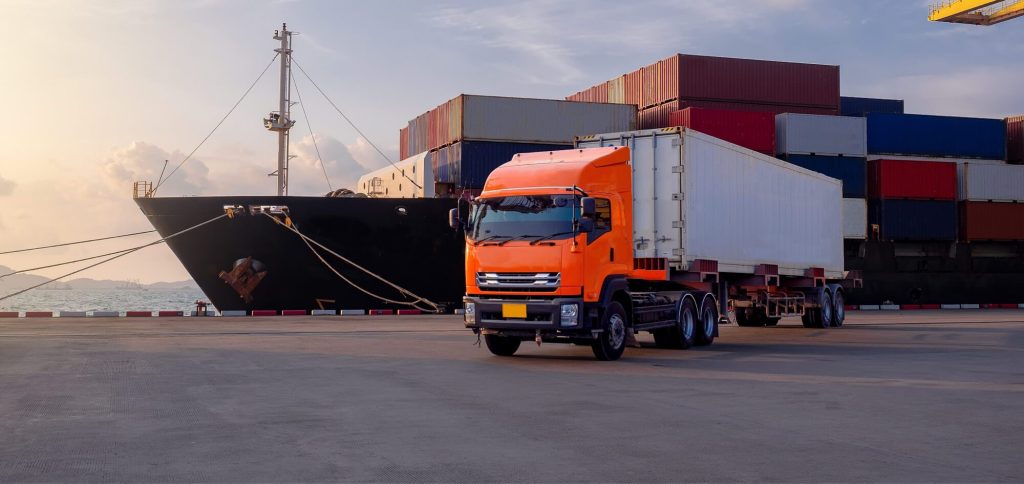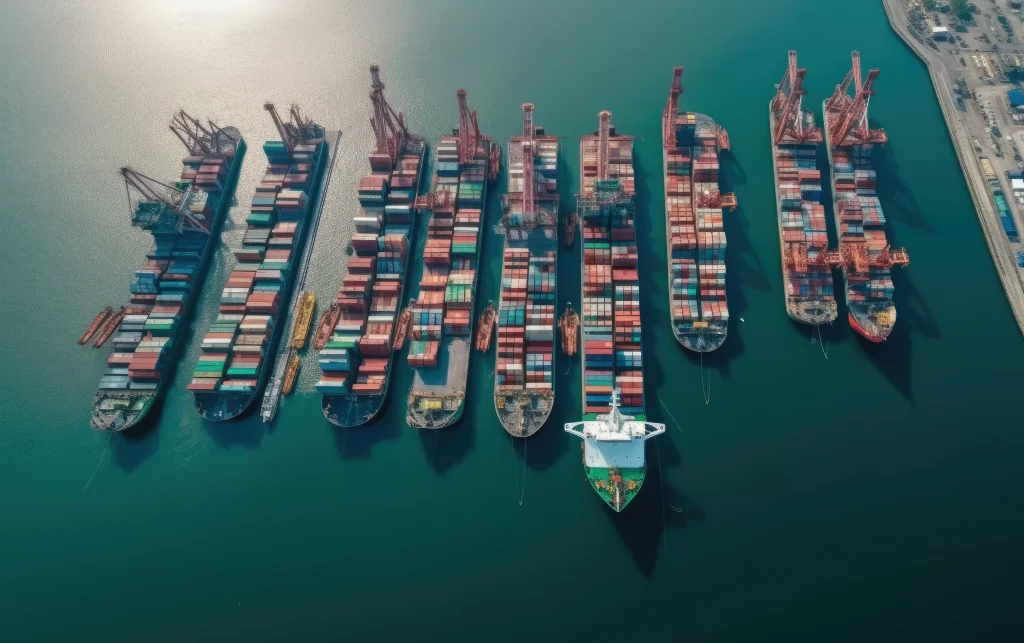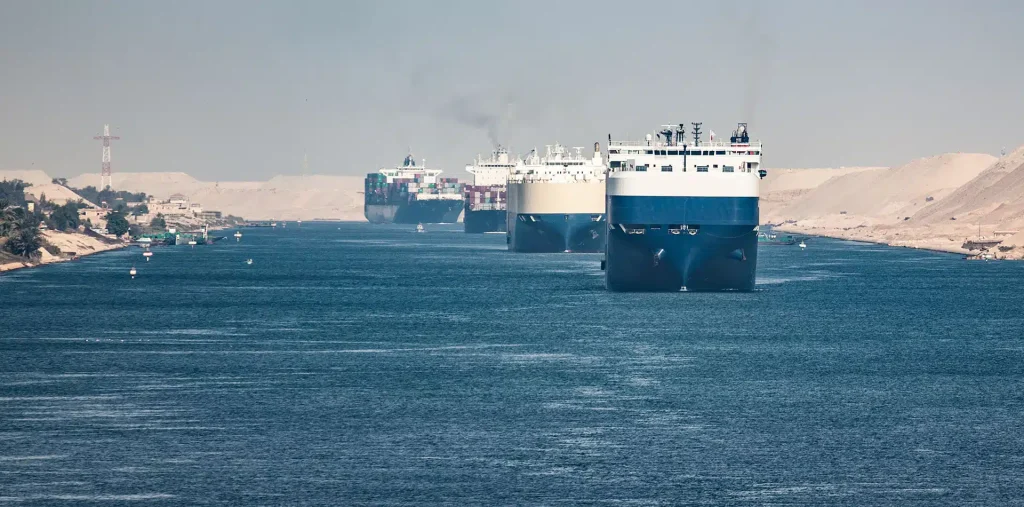As a new year is beginning we are taken a deep dive into what to expect of 2023, when it comes to Ocean Supply Chain Visibility and digitization.
As businesses grow globally, unpredictability and change are the only constants we are all dealing with. Resultant issues from the pandemic notwithstanding, there are geopolitical tensions, rising costs, broken trade routes, cyber threats, shortage of key consumer goods along with industrial goods as inputs for manufacturing.
Businesses certainly took notice (they got the memo). According to McKinsey, more than 74% of organizations plan to invest in digital technologies for demand planning, supply chain management, and to make the shift from end-to-end integrated solutions (including ocean visibility, use of artificial intelligence, and machine learning).
Yet, only around 53% of organizations have sufficient or high quality data.

Robert Barrett, Supply Chain Leader at KPMG, U.S., has this to say about the existing ways of managing supply chains:
“It’s time for supply chains to move from a middle-office function to a high-priority enterprise-wide growth enabler — fully integrated with front office operations”
Looking to make the jump? Here are 3 supply chain and ocean visibility trends for 2023 that you should know:
1. End-to-End Forward Looking & Proactive Visibility
skeptical with cross-border trade and geopolitical tensions saw nations become increasingly self-sufficient.
Global trade took a massive hit thanks to supply chain constraints. Following through from 2022, another wave of unplanned supply chain constraints are likely to continue. Many businesses worldwide will continue to see limited access to critical manufacturing inputs (oil, fuel, timber, steel, plastic, semiconductor chips and more). Scope 3 emissions will be monitored more by investors and regulators.
Container costs will go up. The Drewry World Container Index pegs the number at $10,377 per 40 ft of container space in 2021.
The good news is that due to these supply chain risks — along with clear advantages that favor strong and resilient supply chains — supply chains are morphing due to the need while investments are picking up.
The questions most businesses and even governments are likely to ask themselves are:
- What happens if the existing black swan events continue or new ones come up?
- What major trade routes are affected and what are some alternative trade routes?
- How do we leverage trends such as nearshoring and friendshoring to create more secure networks?
- How do we manage supply chains, supply chain related data, and make decisions in a more responsive and agile manner while reducing the working capital and costs?
2. Technology Is Your Friend
More than 6 in 10 businesses and other organizations plan to invest in digital technology to bolster their supply chain processes, data synthesis and analytical capabilities, according to KPMG the trend is clear: operational stability and the ability to withstand ‘shocks’ is a primary need. Investments in supply chain planning capabilities, dependence on end-to-end supply chain visibility, real-time analytics, machine learning, and artificial intelligence are critical to ensure precise data which leads to better decision-making.
How do you ensure stability of supply chains that you depend on? On your end, what can you do to fast-track data access, data management, and data quality?
How to upskill teams (along with vendors and other associated partners) to use technology and data simultaneously to make massive productivity gains?
Technology and data allows you to get accurate and real-time data.
Plus. streamline manual work and eliminate redundancy. Make it easier for your business to deal with several aspects of global trade such as access to ocean visibility data, trade agreements, global trade documentation, tax policies, trade tax calculations, reconciliations, and reporting.
3. Powered & Customer-focused Supply Chain
Your organization needs digitization, end-to-end visibility, access to technology, and a resilient supply chain (including prudent management of the whole shipping process, resilience, stability, port intelligence, reduction in human-error, and more).
That’s true.
But you also need a customer-focused and empowered supply chain: Are your supply chain initiatives and investments aligned with customer expectations and experiences?
Does your end-to-end supply chain meet not only your business objectives but also function as one complete virtual organization?
How quickly can you foresee and respond to potential disruptions or supply chain issues?
The future isn’t just about supply chains, ocean visibility, data, technology, and better management; it’s also about meeting customer needs.
Along with ocean visibility trends in 2023, your business has a need for real-time data and information at your fingertips. Reduce implementation risks and costs while increasing effective use of platforms to make your organization future-ready.
The spotlight is now on you:
- Bank on a wealth of data and technology, embrace change, and lead with tech-enabled efficiencies, insights, and management.
- Reset your supply chain and make way for the powered enterprise.
- Explore our data services including container tracking, vessel tracking, and port intelligence.
- If you are a mid-to-large enterprise with regular shipping needs, a third-party Logistics provider (3PLs), logistics technology provider, or a freight-forwarding business, see how Gatehouse Maritime provides you with a complete digitization transformation.




